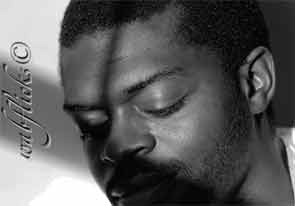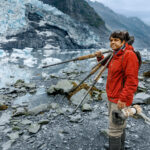

If Adegbenga A. Bankole, MD, could pick his dream job, his responsibilities would actually be split in two—as a rheumatologist and professional photographer.
According to Dr. Bankole, assistant professor in the department of internal medicine at Virginia Tech Carilion School of Medicine and Research Institute, in Roanoke, Va., medicine and photography share much in common. Both combine science and art. Both demand intelligence and creativity. And both require the use of one’s intuition or senses.
Dr. Bankole turned professional last year, after taking photographs of his sister-in-law’s wedding. “I ended up being as good, if not better, than the professional photographer they paid to shoot pictures at her wedding,” he recalls, adding that one of his photos was featured on her thank-you cards. “Subsequently, many people started asking me if they could have this photo or that one I shot. That’s what made me think about becoming pro.”
Dr. Bankole purchased his first camera roughly 10 years ago. Recognizing how much he enjoyed being behind the camera, he adopted digital photography as his hobby. But as a medical student, then later a physician, there was no time for formal instruction, so he began learning about his new trade by reading books and information posted on various websites and blogs. A decade later, family, friends, and neighbors hire him to cover weekend events, such as birthday parties or family get-togethers. His goal is to ultimately work part time in each of what he says are his favorite passions.
Nature vs. People
Dr. Bankole’s says his primary joy is to capture nature, taking pictures of flowers, insects, or outdoor scenery. But, he readily admits that it’s difficult to earn a living that way. So for now, he focuses on photographing people. Before each shoot, he meets clients where the shoot will take place, then chats with them for 30 minutes to an hour to better understand their needs, likes, dislikes, and even personality traits.
“I won’t shoot just anything,” he explains. “I make sure there’s a fit. It’s not a do or die [situation]. I will shoot pictures that I would like to see myself. So, at the end of the process, everyone is satisfied with my work.”
As subjects, people are very challenging, he says, because you have to show what they consider to be the positive aspects of their personality. Oftentimes, people have different ideas, so you need to find common ground or a “happy middle,” which is hard to do, he says. “You can take 200 to 300 pictures and only 10 are fine,” he says.

